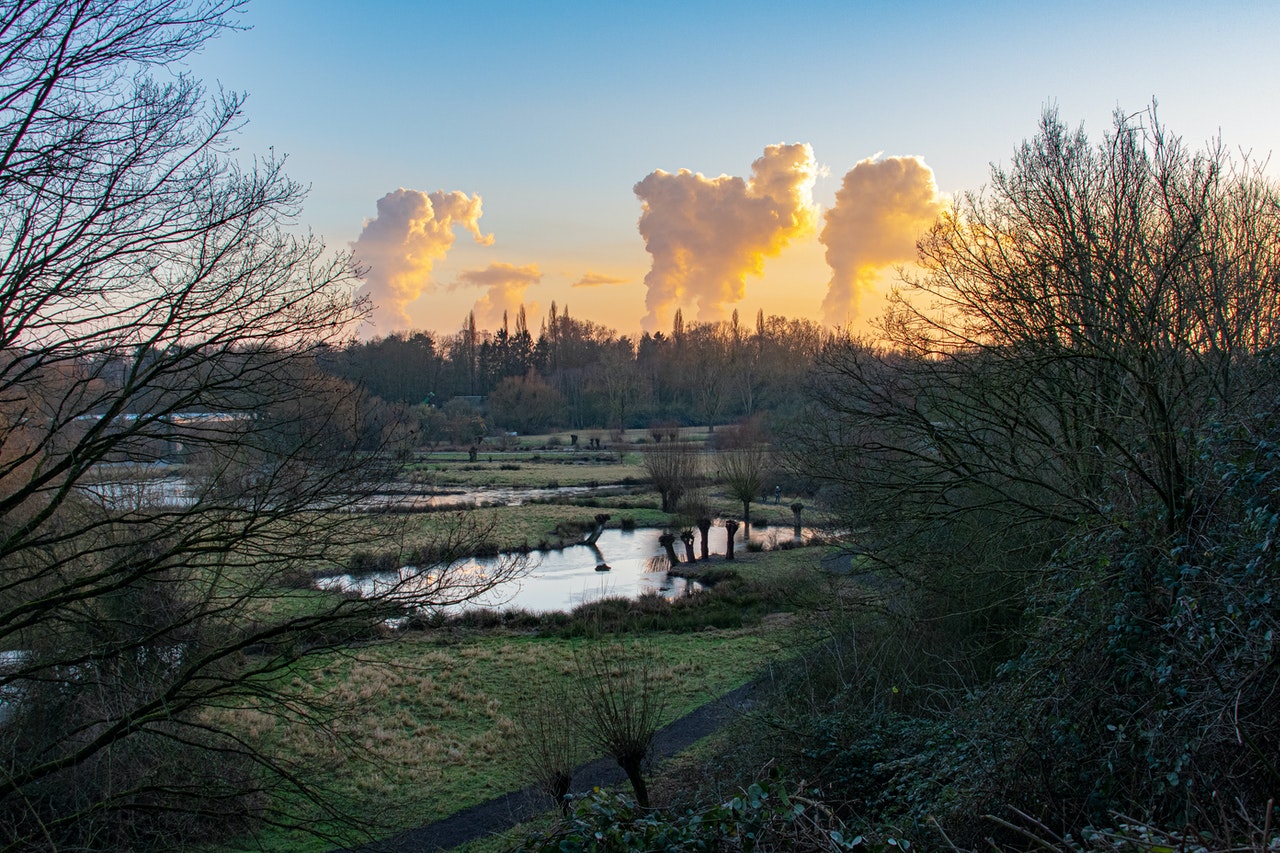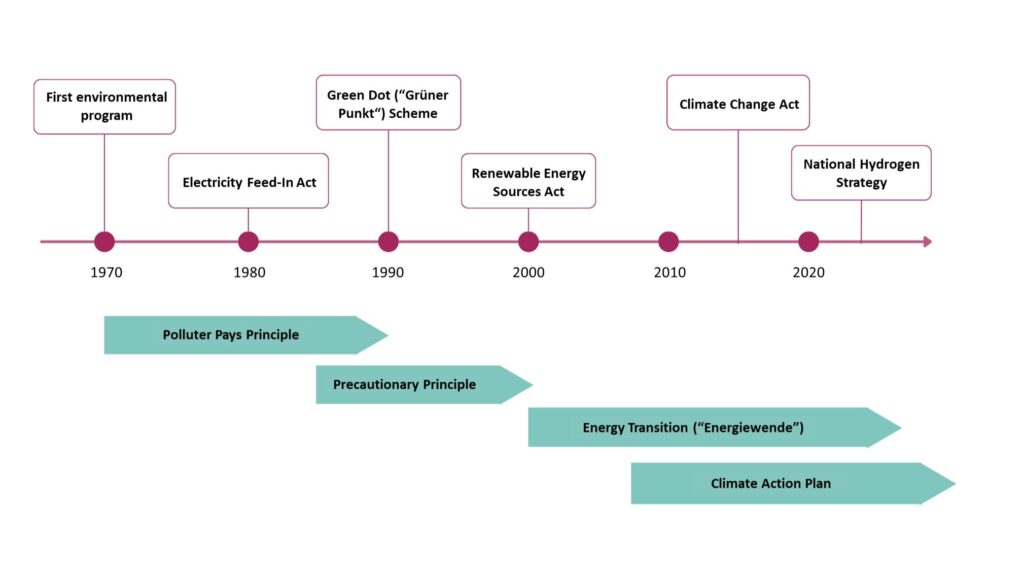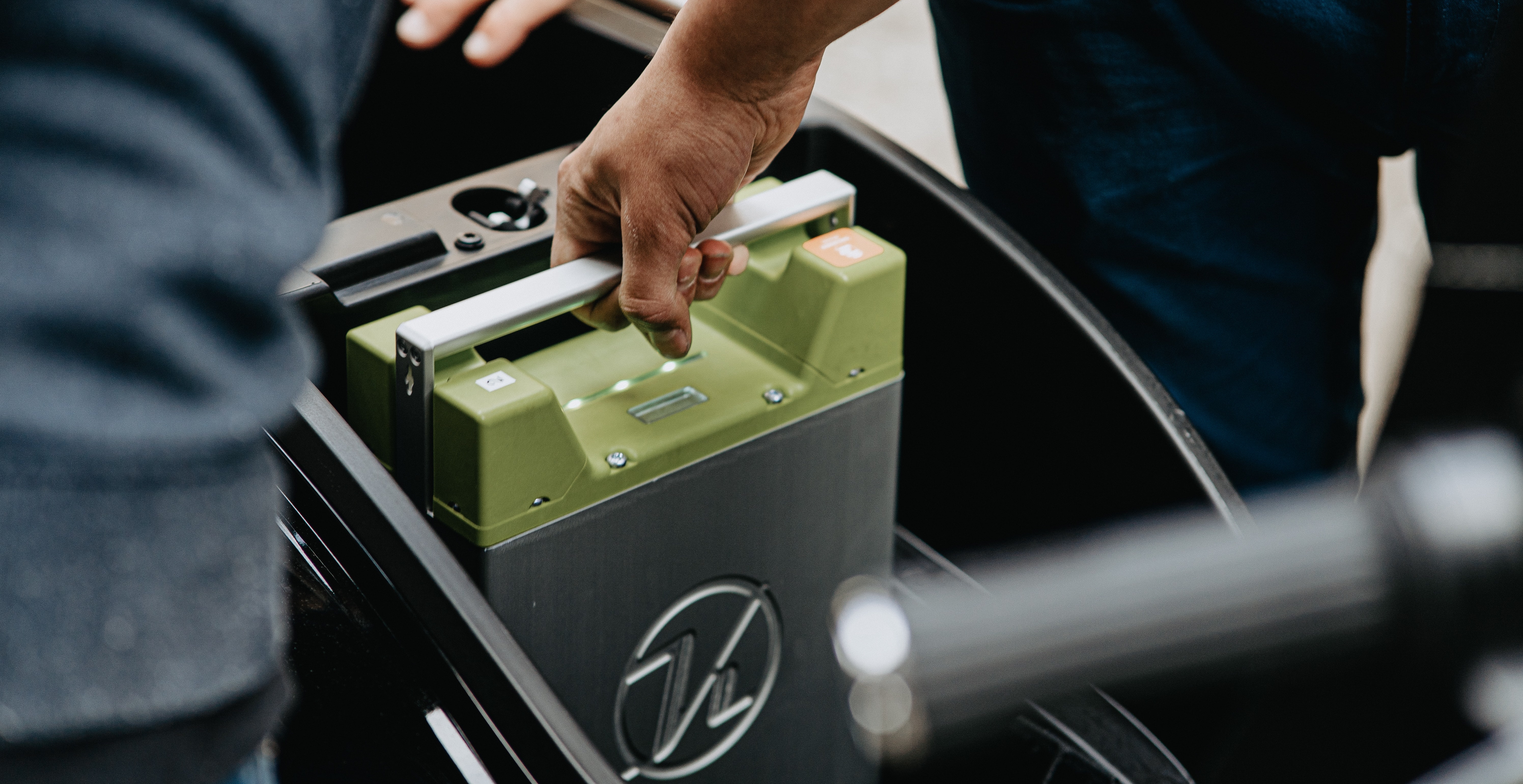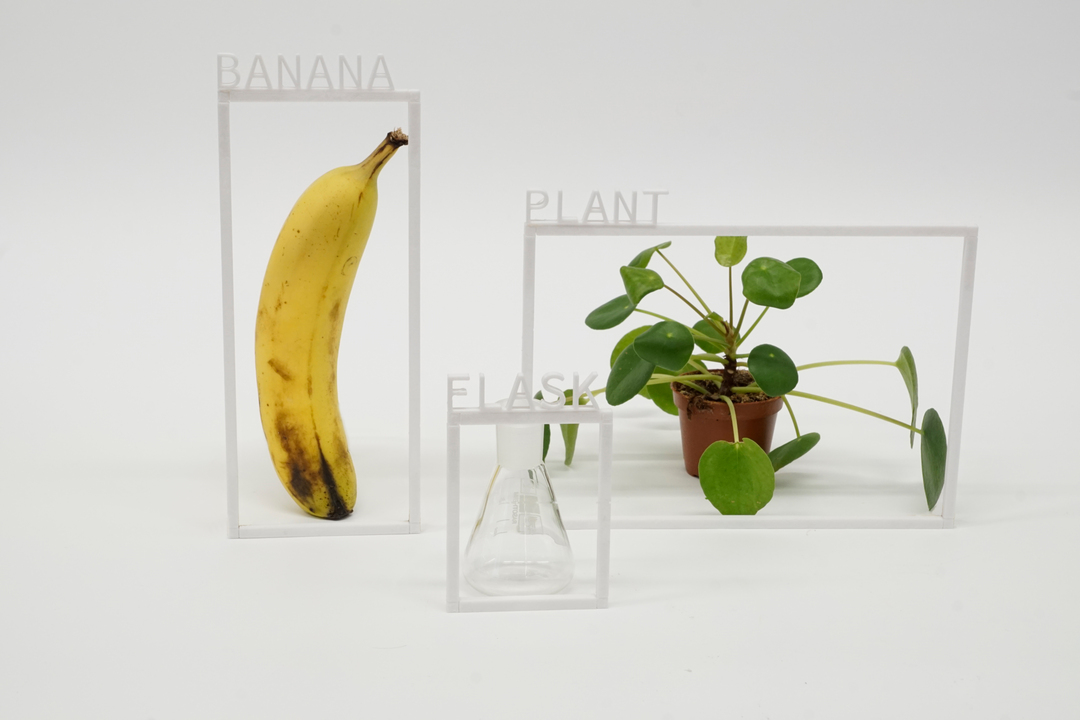
Share this Post
Germany was among the pioneers of cleantech and environmental protection, beginning in the 1970s. In the early years, German environmental politics centered mainly on pollution control in the domains of water, air, soil and waste disposal, but in the 1980s, the focus shifted towards nuclear phaseout and renewable energies. With the turn of the millennium, the energy transition (‘Energiewende’) came into force. This had an impact on numerous sectors and industries. Although the country has a long tradition in high-tech and engineering, covering a broad variety of cleantech applications, Germany has noticeably honed in on energy-related issues in more recent decades. To better understand this development, a short overview of the evolvement of Germany’s environmental policies is necessary.
Background on German Environmental Policies and Cleantech Strategies
The roots of environmental policy in Germany date back to 1971. It was during the coalition of the Social Democrats and the Free Democrats that German policy makers declared a first environmental program. This program encompassed two important principles that strongly influenced the development of the German cleantech sector. They seem to be self-evident today, but were revolutionary at the time: The polluter pays principle and the precautionary principle. While the polluter principle means that the originator of a particular pollution source holds financial and legal responsibility for it, the logic of the precautionary principle is that the federal state must take preventative additional action before environmental problems occur, e.g. by introducing regulations on specific pollutants. The precautionary principle in particular changed the perspective on environmental problems, because it drew attention to responsibility for future problems.
Although it took many years until these principles were fully transformed into policies, they can be seen as cornerstones for most environmental policies in Germany today.
With the advent of German environmental policy, research and industry began to work on technical solutions to reduce environmental pollution. The term “environmental technology” (today “cleantech”) was born. In the first phase (1970s to mid-1980s), scientists and Industry worked mainly on the reduction of emissions to water, air, soil and the treatment of waste. The focus at the time in environmental protection was pollution, with a special attention to specific hazardous or harmful substances e.g., heavy metals, particulate matter, and phosphorous and pesticides in water.
In a second phase (from the late 1980s onwards), the precautionary principle became more influential. This led to greater attention to and investment in the integration of cleantech solutions into production. The green dot (“Grüner Punkt”) scheme for the collection and reuse of packaging material was born, and lifecycle thinking became an influential factor of product design and industrial processes.
Finally, at the turn of the millennium, the decision was made to shift Germany’s energy supply to renewable sources by the middle of the new century. The energy transition (‘Energiewende’) was initiated. The success of these policies led to a major transformation of the country’s energy and cleantech sector. While the energy transition is today clearly one of Germany’s top priorities, other domains of the cleantech industry, such as planning and engineering of intersectoral solutions for pollution reduction and the efficient use of resources, are again regaining importance. Finally, at the turn of the millennium, the decision was made to shift Germany’s energy supply to renewable sources by the middle of the new century. The energy transition (‘Energiewende’) was initiated. The success of these policies led to a major transformation of the country’s energy and cleantech sector. While the energy transition and the mitigation of climate change is today clearly one of Germany’s top priorities, other domains of the cleantech industry, such as planning and engineering of intersectoral solutions for pollution reduction and the efficient use of resources, are again regaining importance

Figure 1: Cornerstones and principles of German environmental policies and Cleantech strategies
Multi-pronged German Cleantech Strategy
Aside from the national objectives and policies, the growing demand for cleantech is strongly influenced by European initiatives and lawmaking (e.g., the European Green Deal, Fit for 55) as well as by national and international markets seeking sustainable products, innovations and growth. In addition, Germany is strong in the areas of education, science, industrial engineering, and traditional industries (e.g., machine building, energy and automotive industries). This specific mixture explains why the country has developed cleantech strategies in not one, but several sectors. Many of these have developed over time and often build on each other. Some are legally binding, while others are guiding principles that were developed in conjunction with various stakeholders and societal groups. The following overview surveys the most important policy- and market-based strategies.
Energy Transition (“Energiewende”)
Although it is not a written or legally-binding strategy, the energy transition (“Energiewende”) can be considered the primary guiding principle for the roll-out of renewable energies and Germany’s carbon neutrality goal for the energy sector. The idea of the energy transition has been a major impetus for environmental legislation and industrial development in the cleantech sector over the last three decades.
A first Electricity Feed-in Act to promote electricity production from renewable sources, which entered into force in 1991, obligated grid companies to connect renewable power plants (especially smaller plants) and to pay a minimum feed-in tariff based on average electricity revenues over 20 years. This mechanism was the first of its kind worldwide, created to offset the higher costs and disadvantages that renewable energies incurred at the time relative to energy from fossil or nuclear sources.
In the year 2000, the Electricity Feed-in Act was replaced by the Renewable Energy Sources Act. This act introduced higher feed-in tariffs for the following 20 years (scheduled to decrease over time), differential tariffs according to the source of the renewable energy production and power plant size, and a requirement for grid operators to prioritize the dispatch of electricity from renewable sources over electricity from conventional sources. This new act led again to a steep increase in the installation of renewable power plants and to a booming solar and wind turbine industry in Germany. Over the years, the second act was adjusted several times. The feed-in tariffs and the eligibility of power plants, in particular their relation to the size and type of the plant, were modified. Nevertheless, German industry faced severe competition in the aftermath due to the declining tariffs and increasing solar cell production in Asia.
And yet overall, despite the setbacks, the German feed-in acts and tariffs are a success story. They are a role model for similar schemes in many other countries. Although the feed-in acts were modified several times, the higher objective of the energy transitions was never seriously questioned by subsequent German administrations after the early 1990s.
Energiewende Summary
- Broad support of the roll-out of renewable energies
- Various revised feed-in acts to promote electricity production from renewable sources
German Climate Action Plan 2050
In the wake of the UN Paris Agreement, the German government developed the national Climate Action Plan 2050. It entered into effect in 2016 and can be described as Germany’s long-term greenhouse gas mitigation strategy to achieve the UN targets intended to keep global warming significantly below 2 degrees Celsius. The plan defines in detail the German objectives for a 55% reduction in greenhouse gas emissions in Germany by 2030 compared to 1990 levels and become nearly carbon neutral by 2050. The plan also sets objectives for individual sectors. It describes pathways and initial measures for implementation and defines a process for monitoring and updating policies. The individual sectors are energy supply, building, transport, industry, and agriculture.
The Climate Action Plan 2050 is the most important strategy for a transformation towards a low-carbon economy in Germany. It sets goals, but leaves room for cleantech innovations in the specific sectors. In brief, the strategies in the specific sectors are:
Energy Sector: As described above, the energy sector is an important focus of German environmental policies. According to the plan, a 61-62% reduction in emissions from the energy sector should be achieved by 2030. This will mainly be accomplished by a phase-out of coal-fired power plants until 2038 and a further roll-out of renewable energies. The transition in the energy sector is also connected to an initiative to invest major federal funding in the economic and environmental development of the former coal mining regions.
Industrial Sector: The objective for the industrial sector is to reduce emissions by 49- 51% by 2030, mainly through energy efficiency measures and waste heat recovery from industry for power generation, e.g., for district heating networks. In addition, CO2-recycling (carbon capture and utilization, CCU) is seen as viable measure. A great challenge is that Germany industry remains a big consumer of fossil fuel and natural gas, most of which is used for production and refinement of chemicals and power generation. The plan is to replace most of the natural gas with green hydrogen or methane.
Building Sector: Next to energy production, industry and transportation, the building sector is one of the largest consumers of fossil-fuel-based energy. Much of this energy is used for heating and warm water production. The goal is to reduce emissions by 66-67% by 2030. The challenge is that buildings have a long service life and investment cycle. This will necessitate incentives and support programs for retrofitting, as well as the gradual tightening of building standards and codes for new and existing buildings
Transport Sector: The transport sector covers emissions from cars as well as light and heavy commercial vehicles. This sector needs to reduce its emissions by 40-42% by 2030. According to the plan, most of this will be achieved by efficiency and the use of alternative fuels and electric vehicles. The changes in the transport sector in Germany are often referred to as the mobility transition (“Mobilitätswende”). This term not only describes the reduction of energy demand in the transport sector, but also changes in the modes of transportation (modal shift). While municipalities often focus on reducing traffic and foster public transportation, industry and a part of the consumer body are prioritizing the decarbonization of traffic. As a result, policies and strategies in the mobility sector focus on support programs for cars (electric, fuel cell and hybrid vehicles) and their charging infrastructure, while at the same time, government has initiated an investment program for the German railroad and a federal grant program to support public transportation.
Agricultural Sector: The objective in this sector is to reduce emissions by 31-34% by 2030. According to the plan, this will be mainly achieved by a significant reduction in nitrous oxide emissions resulting from over-fertilization in agriculture. As German agricultural policy is strongly influenced by the European Union, the German government plans to advocate for better alignment of EU agricultural subsidies with European climate policies. Furthermore, similar to the transportation sector, the German debate is expansive and lively, encompassing additional topics such as ecology, animal welfare, quality of nutrition, land use, soil and water degradation, and organic farming practices. The wider public often refers to the changes necessary in this sector as the agricultural transition (“Agrarwende”). Germany’s broader agricultural strategy hence also focuses on fostering organic and efficient (digitalized) farming practices, healthful foods and biodiversity management.
Climate Action Plan Summary
- Plans with objectives for reduction of greenhouse gas emissions in Germany
- Encompasses targets and strategies for energy, industry building transport and agricultural sector
Federal Climate Change Act
A German federal climate change act has been discussed for many years. The original intention was to provide a basis to legally enforce European and German goals for emissions reduction. In addition, it was anticipated that such an act could provide a scheme for carbon-pricing. First ideas for the act date back to 2013, but it took until 2019 for the German Federal Ministry for the Environment to release a first draft. This 2019 draft, which outlined the legal path to climate neutrality until the year 2050 (taking the UN Paris Agreement and the Climate Action Plan into account), came into effect in December of the same year.
Shortly thereafter, the German Federal Constitutional Court decided that the act, particularly in view of the emission reduction goals for the period after 2030, was not ambitious enough and inconsistent with basic environmental rights and the rights of future generations. In addition, the European Commission noted that Germany had to act more quickly to reinforce its national climate and energy targets to meet the European goals. This in turn led to a revised Climate Change Act that now sets stricter climate targets for the years 2030 and 2040 and demands greenhouse gas neutrality in Germany by 2045. Since these revisions set the clock ahead for all objectives laid out in the national Climate Action Plan by five years, the German government tightened the goals for the specific sectors defined in the Climate Action Plan and passed an additional Immediate Action Program with a budget of eight billion euros.
Climate Change Act Summary
- Legal framework for reduction of greenhouse gas emissions in Germany
- Enforces and tightens sectoral targes from Climate Action Plan
Hydrogen Strategy
Following the insight from the feed-in acts that it will be difficult to substitute fossil energies in all sectors by renewable electricity alone, the federal government passed a national hydrogen strategy in 2020. The strategy aims at supporting a fast ramp-up of research and production facilities for green hydrogen. It also places a particular emphasis on the environmentally friendly production of hydrogen as a contribution to mitigating climate change. This can happen either by using excess wind or solar power generated in Germany and converting it via electrolysis into hydrogen, or by importing hydrogen from countries with high solar capacities (e.g., in southern Europe or northern Africa).
Whether and to what degree Germany should invest in green hydrogen is closely linked to two further questions. First, as mentioned above, the former coal mining regions are undergoing massive structural changes and advertise themselves as possible locations for green hydrogen production. Second, there is an ongoing dispute regarding priority sectors for the application of green hydrogen. The question is whether hydrogen should be strictly reserved for industrial uses, in particular heavy industries with a high energy demand, or if green hydrogen could be used in the transportation sector and for heating as well. There is not yet a clear answer to these questions and the outcome will depend on the amount of excess wind or solar power capacities in Germany and on future imports of green hydrogen from other countries.
Hydrogen Strategy Summary
- Fast ramp-up of research and production for green hydrogen in Germany
- Priority sectors for the application of green hydrogen still under discussion
Market-Based Strategies for Cleantech
Germany’s focus on climate and energy issues is dominating much of the cleantech discussion. This distracts from the fact that the country also has a differentiated cleantech sector with a solid research foundation and companies providing solutions for specific environmental problems such as water and waste treatment, soil rehabilitation, flue gas treatment, environmental analytics, etc.
To promote these sectors and their solutions, various initiatives have been established at the federal level. These initiatives aim at evaluating market potentials for cleantech products and services and at fostering economic activities. Among the important initiatives:
– Environmental Technology Atlas for Germany (GreenTech Atlas): The Environmental Technology Atlas, commissioned by the federal government, is an annual publication based on ongoing evaluation of the market situation of German cleantech companies based on a company survey. The atlas provides an outlook on existing and future markets for cleantech on a national and international level, with the purpose of providing useful information on business potentials and challenges, promoting core competencies of the German cleantech sector.
– Export-Initiative for Cleantech (EXI): The export-initiative for cleantech is a federal grant program that supports German cleantech companies and their activities on international markets. Funding is awarded, for example, for knowledge transfer and the development of infrastructure or networks in other countries that help to promote products, technologies, or services.
– Germany Trade and Invest (GTAI): Germany Trade & Invest is Germany’s foreign trade agency. It serves as the single point-of-contact for German companies with questions on export business. It also provides information to foreign companies that are seeking to invest or set up business in Germany. The agency offers services and information on the cleantech sector and for cleantech companies.
– Cleantech-Startup-Initiatives: German has vibrant startup sector, in particular in the cleantech field. Various initiatives from the public and the private sector support cleantech startups either with financing or incubation and market entry programs, both in Germany or abroad. Support is given through information, funding, coaching, awards, venture fairs, etc. Some initiatives are limited to German startups whereas others are open to foreign startups as well.
Market-based Strategies for Cleantech Summary
- Various initiatives for the promotion of cleantech at federal level
- Initiatives aimed at markets for cleantech products and services as well as fostering economic activities
The Future of the German Cleantech Strategies
Germany is well on its way towards its self-constituted energy transition. This course poses great challenges for German society and the cleantech sector.
In addition, the new government and administration that entered office in winter 2021/22 declared climate policy and the energy transition a central focus. Major parts of the cleantech sector will thus focus on the roll-out of renewable energies and the phase out of fossil energy – in particular coal and natural gas. The next phase of the energy transition will thus require not only technical, but also digitalized services such as smart efficiency and management solutions for industry, the grid, the building and the transport sector. It is foreseeable that with the transition of the energy system the market will also adapt. This, in return, will require new business models that take volatility of renewable energies into account. In turn, new opportunities for German cleantech companies will arise.
Climate change is confronting Germany and its neighboring countries in the European Union with continuously unfolding challenges that do not stop at borders and that have to be addressed by the new German administration. Agriculture and forestry are high on the agenda, and with them, biodiversity and resource management of water, soil, and land are becoming ever more important and will require strategic approaches and solutions.
Further reading
Clean Energy Wire (2022): Germany’s Energiewende – The Easy Guide, https://www.cleanenergywire.org/easyguide
Federal Government of Germany (2022): Climate Action Programme 2030, https://www.bundesregierung.de/breg-en/issues/climate-action
Federal Ministry for the Environment, Nature Conservation, Nuclear Safety and Consumer Protection (2022): GreenTech Made in Germany 2021: Environmental Technology Atlas for Germany, https://www.bmuv.de/en/publication/greentech-made-in-germany-2021-umwelttechnik-atlas-fuer-deutschland
Germany Trade and Invest (2022): Germany Gets Sweeping Environmental Energy Package, https://www.gtai.de/en/invest/industries/energy/germany-gets-sweeping-environmental-energy-package-825158
The opinions expressed in this text are solely that of the author/s and do not necessarily reflect the views of IPPI and/or its partners.
Share this Post

Using Second Life Electric Vehicle Batteries to Store Renewable Energy
Repurposing Electric Vehicle Batteries as Storage for Renewable Energy Sources The transition from conventional vehicles to Electric Vehicles (EV)…

Cross-Cultural Values defining AI Governing Principles
There is a consensus that AI needs to be organized around ethical principals and values. Like all iterations…

Implementing micro-depots in last mile logistics: opportunities and challenges
Courier, express and parcel (CEP) service providers play a crucial role in supplying cities with necessary goods, for…
